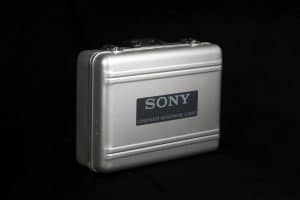Corporate Video Production Sydney: Peter Lindsay Weir is a renowned Australian Film director who is credited with helping to define the rebirth of Australian cinema in the 1970s and 1980s. He was born and raised in a harbor-side suburb in Sydney called Vaucluse. He became interested in filmmaking at a young age when his father, a real-estate agent, started taking him to the cinema. In addition, Weir has said that his father once wrote radio plays and even used to make up long-running “serials” as bedtime stories for young Peter. Weir also grew up watching the American films that flooded the Sydney cinemas, as there was a dearth of original Australian work.
Corporate Video Production Sydney: Influences
As a young man, Weir was inspired by Stanley Kubrick’s career, crediting the late director’s work for showing him that film could be art. After dropping out of school in 1965, Weir spent a year wandering around Europe, where he met Wendy Stites, his future wife and the production designer for many of his films. After returning to Sydney, Weir took on odd jobs while participating in Ubu Films, a filmmaking collective with some of his University of Sydney classmates, including Phillip Noyce.
Weir’s first job in the entertainment field was at the Sydney television station ATN-7, in the mid-1960s. There he honed his craft, working as a production assistant and later directing a few clips for the comedy program The Mavis Bramston Show. He was allowed to use the station facilities to produce his own work, and made two short experimental films during that time. Weir married Stites in 1966 and they had two children.
Corporate Video Production Sydney: First Filmes
Peter Weir’s first feature-length films were documentaries that he made as a trainee director at the Commonwealth Film Unit (which later became Film Australia). In 1970, he won the Grand Prix Award from The Australian Film Institute for his short film Michael and used the prize money to travel back to England, where he spent time on London film sets and started writing treatments for his early narrative feature films. A year later, he returned to Australia, and to the Commonwealth Film Unit, where he continued directing documentaries, including Whatever Happened to Green Valley? (1973), in which he engaged residents of a failed social experiment to document their personal experiences.




